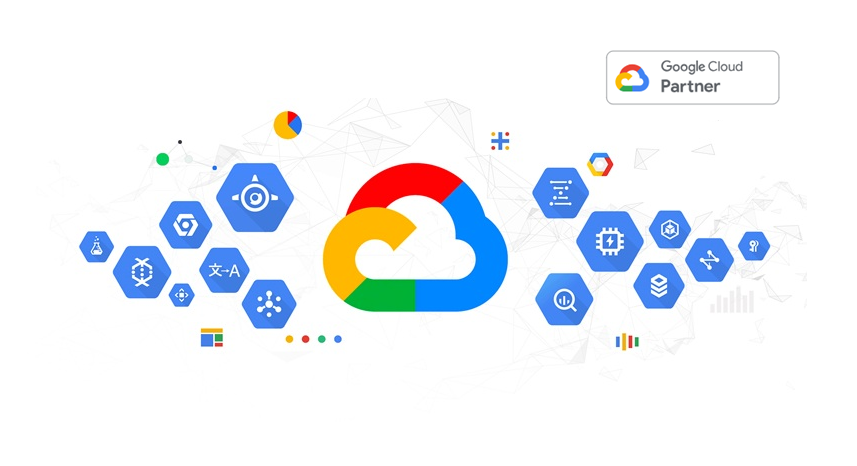Module 1 - Introduction to Google Cloud Monitoring Tools
Understand the purpose and capabilities of Google Cloud operations-focused components: Logging, Monitoring, Error Reporting, and Service Monitoring
Understand the purpose and capabilities of Google Cloud application performance management focused components: Debugger, Trace, and Profiler
Module 2 - Avoiding Customer Pain
Construct a monitoring base on the four golden signals: latency, traffic, errors, and saturation
Measure customer pain with SLIs
Define critical performance measures
Create and use SLOs and SLAs
Achieve developer and operation harmony with error budgets
Module 3 - Alerting Policies
Develop alerting strategies
Define alerting policies
Add notification channels
Identify types of alerts and common uses for each
Construct and alert on resource groups
Manage alerting policies programmatically
Module 4 - Monitoring Critical Systems
Choose best practice monitoring project architectures
Differentiate Cloud IAM roles for monitoring
Use the default dashboards appropriately
Build custom dashboards to show resource consumption and application load
Define uptime checks to track aliveness and latency
Module 5 - Configuring Google Cloud Services for Observability
Integrate logging and monitoring agents into Compute Engine VMs and images
Enable and utilize Kubernetes Monitoring
Extend and clarify Kubernetes monitoring with Prometheus
Expose custom metrics through code, and with the help of OpenCensus
Module 6 - Advanced Logging and Analysis
Identify and choose among resource tagging approaches
Define log sinks (inclusion filters) and exclusion filters
Create metrics based on logs
Define custom metrics
Link application errors to Logging using Error Reporting
Export logs to BigQuery
Module 7 - Monitoring Network Security and Audit Logs
Collect and analyze VPC Flow logs and Firewall Rules logs
Enable and monitor Packet Mirroring
Explain the capabilities of Network Intelligence Center
Use Admin Activity audit logs to track changes to the configuration or metadata of resources
Use Data Access audit logs to track accesses or changes to user-provided resource data
Use System Event audit logs to track GCP administrative actions
Module 8 - Managing Incidents
Define incident management roles and communication channels
Mitigate incident impact
Troubleshoot root causes
Resolve incidents
Document incidents in a post-mortem process
Module 9 - Investigating Application Performance Issues
Debug production code to correct code defects
Trace latency through layers of service interaction to eliminate performance bottlenecks
Profile and identify resource-intensive functions in an application
Module 10- Optimizing the Costs of Monitoring
Analyze resource utilization cust for monitoring related components within Google Cloud
Implement best practices for controlling the cost of monitoring within Google Cloud


